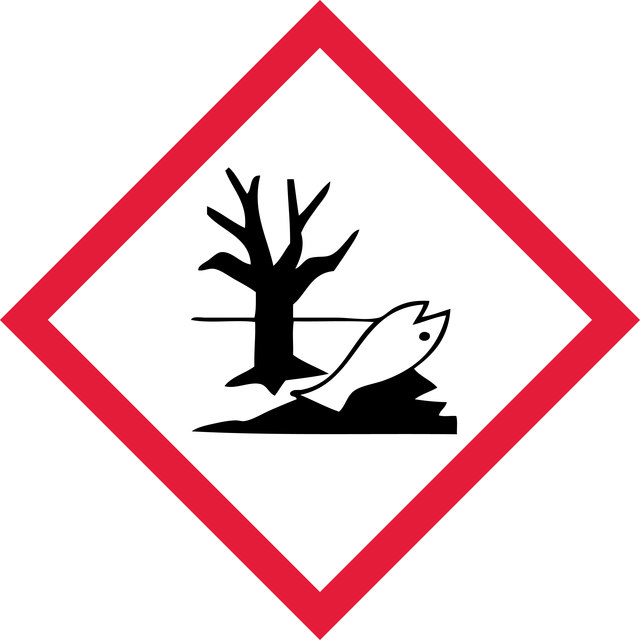T62405
Silver trifluoroacetate
98%
Synonym(s):
Trifluoroacetic acid silver salt
Select a Size
About This Item
Quality Level
assay
98%
form
powder
reaction suitability
core: silver
reagent type: catalyst
mp
257-260 °C (dec.) (lit.)
SMILES string
FC(F)(F)C(=O)O[Ag]
InChI
1S/C2HF3O2.Ag/c3-2(4,5)1(6)7;/h(H,6,7);/q;+1/p-1
InChI key
KZJPVUDYAMEDRM-UHFFFAOYSA-M
Looking for similar products? Visit Product Comparison Guide
General description
Application
- As a precursor to synthesize ultrasmall icosahedral silver nanoparticles with precise size control and high monodispersed, ideal for advanced applications in plasmonic sensing, nanoelectronics, and biomedical diagnostics.
- As a co-precursor to promote the formation of silver nanocluster nodes, enabling the controlled self-assembly of coordination polymers designed for advanced applications in optoelectronics and molecular sensing.
- As a silver source to coat gold ultrathin nanorods with a single atomic silver layer, fine-tuning their optical properties for use in plasmonic sensing and nanophotonic.
- As a bifunctional reagent and it serves as both a convenient in situ CO source and an oxidant in the reaction.
Features and Benefits
signalword
Danger
hcodes
Hazard Classifications
Acute Tox. 2 Oral - Aquatic Acute 1 - Aquatic Chronic 1
Storage Class
6.1A - Combustible acute toxic Cat. 1 and 2 / very toxic hazardous materials
wgk_germany
WGK 3
flash_point_f
Not applicable
flash_point_c
Not applicable
ppe
dust mask type N95 (US), Eyeshields, Gloves
Choose from one of the most recent versions:
Already Own This Product?
Find documentation for the products that you have recently purchased in the Document Library.
Articles
Access gold precatalysts, silver salts, and unsaturated building blocks to accelerate research success in catalysis applications.
Copper metal deposition processes are an essential tool for depositing interconnects used in microelectronic applications, giving group 11 (coinage metals: Copper, Silver, and Gold) an important place in atomic layer deposition (ALD) process development.
The properties of many devices are limited by the intrinsic properties of the materials that compose them.
Our team of scientists has experience in all areas of research including Life Science, Material Science, Chemical Synthesis, Chromatography, Analytical and many others.
Contact Technical Service
